Leading market players are investing heavily in research and development in order to expand their product lines, which will help the Foamed Plastics Market, grow even more. Market participants are also undertaking a variety of strategic activities to expand their global footprint, with important market developments including new product launches, contractual agreements, mergers and acquisitions, higher investments, and collaboration with other organizations. To expand and survive in a more competitive and rising market climate, Foamed Plastics industry must offer cost-effective items.
Manufacturing locally to minimize Typeal costs is one of the key business tactics used by manufacturers in the global Foamed Plastics industry to benefit clients and increase the market sector. In recent years, the Foamed Plastics industry has offered some of the most significant advantages to medicine. Major players in the Foamed Plastics Market, including Hexion Inc., COVESTRO AG, BASF SE, Total SE, Wanhua Chemical Group Co., Ltd., SABIC, Alchemie Ltd., The Dow Chemical Company, HUNTSMAN CORPORATION, and Repsol, are attempting to increase market demand by investing in research and development Types.
BASF SE (BASF) is a company that produces chemicals. It manufactures, markets, and sells chemicals, polymers, crop protection products, and performance items. The company's product line includes solvents, adhesives, surfactants, fuel additives, electronic chemicals, pigments, paints, food additives, fungicides, and herbicides. The company works with a wide range of industries, including those related to building, woodworking, agriculture, electronics and electrical, paints and coatings, transportation, home care, nutrition, and chemicals. In partnership with international customers, partners, and researchers, BASF carries out R&D. The company's operations are supported by a global network of production facilities.
It can be found all over the world, including in North America, Europe, Asia, South America, Africa, and the Middle East. The BASF corporate headquarters are in Ludwigshafen, Germany. In March 2019, BASF improved its regional innovation capabilities with new facilities at the Innovation Campus Shanghai in order to further develop partnership with the automobile industry and offer cutting-edge process catalysts to the chemical industry.
Manufacturer of unique organic chemical compounds is Huntsman Corp (Huntsman). A wide variety of chemicals and formulations are available, including amines, maleic anhydride, MDI, formulations for epoxy-based polymers, textile chemicals, and dyes. The business markets its goods to a variety of retail and business clients. The adhesives, aerospace, personal care and hygiene, automotive, construction, durable and non-durable consumer goods, digital inks, electronics, power generation, refining, medical, packaging, coatings and construction, synthetic fibre, textile chemicals, and dyes industries are just a few industries where Huntsman products are used.
The business is run through a worldwide network of administrative, R&D, and production facilities located in North America, the Middle East, Europe, and Asia. Huntsman's US headquarters are in Texas. Icynene-Lapolla, a top North American manufacturer and distributor of spray polyurethane foam (SPF) insulation products for residential and commercial applications, was acquired by Huntsman Corporation in February 2020, according to a press release.
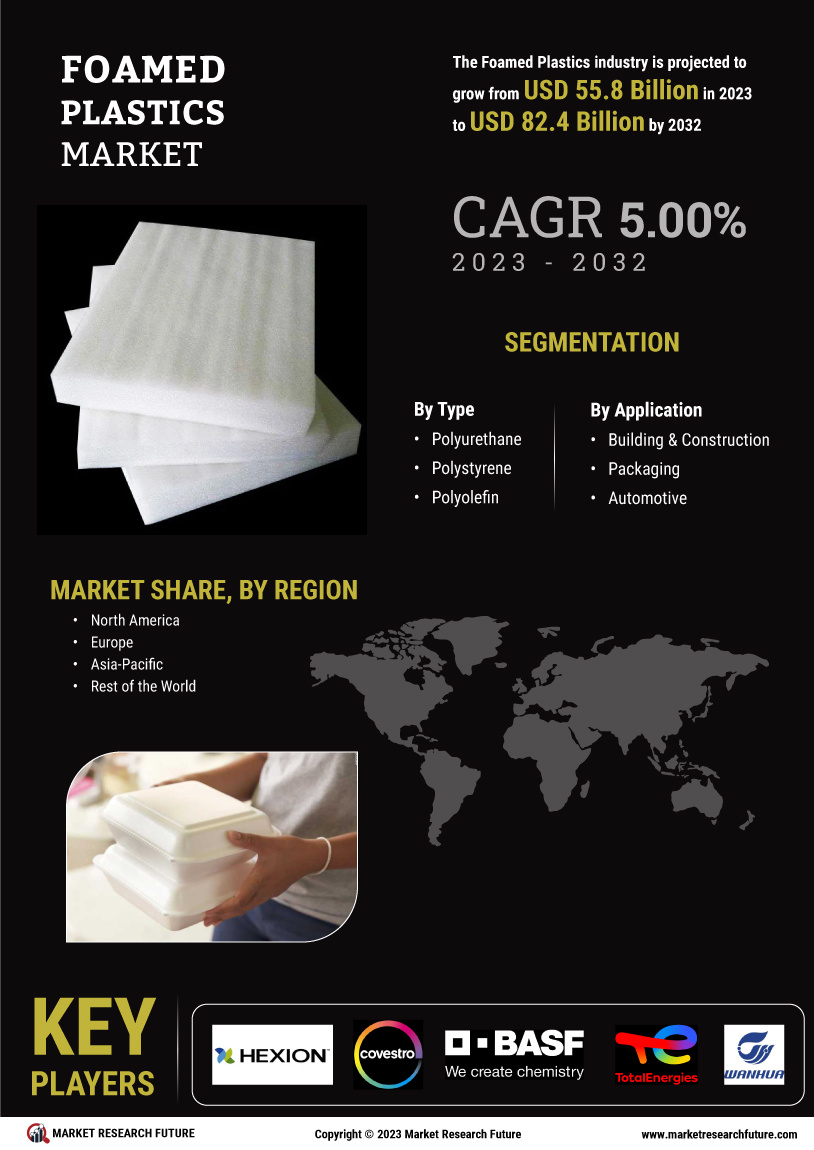

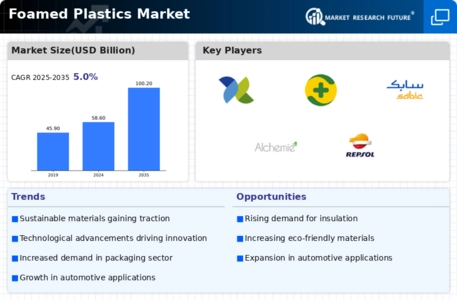
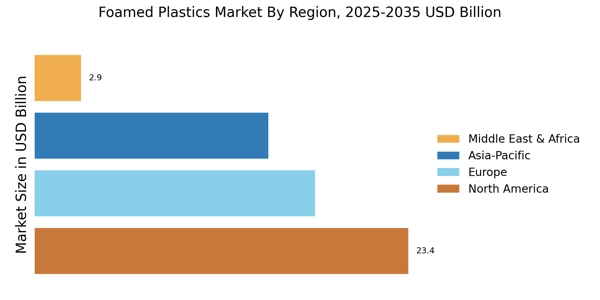

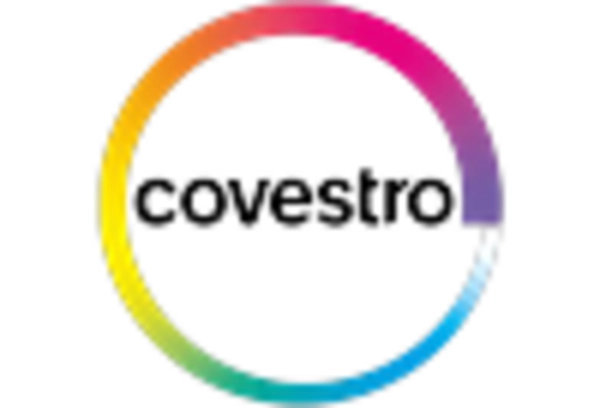


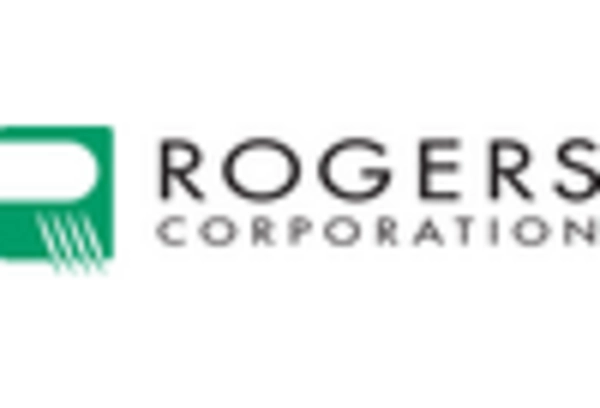
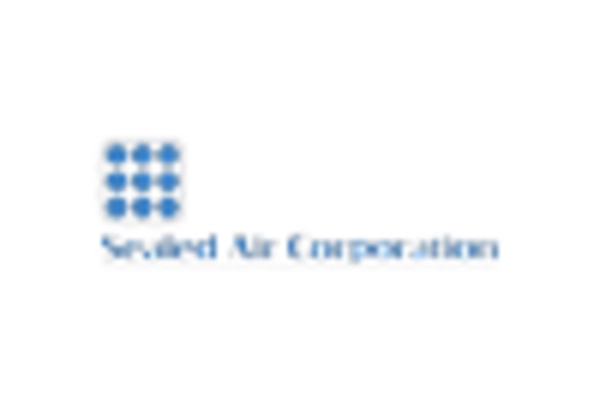








Leave a Comment